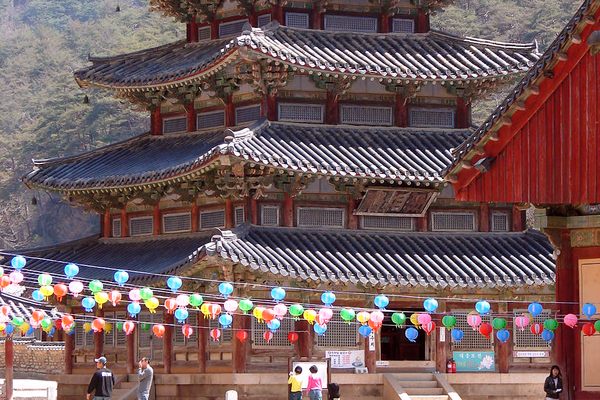About
Xiannongtan (先农坛) or The Temple of Agriculture is a historic Chinese temple where even Emperors discarded their imperial robes and donned farmer clothes to perform annual rituals of sacrifice coaxing a bountiful harvest from the gods.
Originally built in 1420 and used as a religious site during the Ming and Qing dynasties, Xiannongtan was dedicated to the God of Agriculture, Xiannong, to whom sacrifices would be made each year on the vernal equinox. This is before the emperor would don a peasant's farming clothes to try and fool the god that they were just another of the people.
The ancient pavilions, gates, and walkways of Xiannongtan are important architectural relics exemplifying the imperial style made famous by sites such as the Forbidden City and the Temple of Heaven. The central pavilions at the site are distinguished by their multi-colored façades and broad, hexagonal roofs lined with glazed tile. The interiors of the imperially-styled buildings feature wooden beams adorned with lacquered images of golden dragons and a central roof opening which allowed the energy of the gods to penetrate the well water.
Over the last hundred years, the buildings of the Xiannongtan complex have been utilized for both military and industrial purposes or were simply left to fall into disrepair. However, in 2000 the site gained historical protection from the World Monuments Fund and a number of restorations were made to the crumbling wooden structures. There is now a museum to educate visitors about the history of the temple, reestablishing Xiannongtan as an integral part of historic Beijing and transformed it the Beijing Ancient Architecture Museum (北京古代建筑博物馆)
Update: It is today the Beijing Ancient Architecture Museum (北京古代建筑博物馆).
Related Tags
Know Before You Go
You should download the application Baidu Map (百度地图) and copy-paste the name of the place (Beijing Ancient Architecture Museum - 北京古代建筑博物馆) in Chinese to find it more easily.In China gates usually close 30 minutes before the closing of the museums.
Community Contributors
Added By
Published
September 10, 2013






















